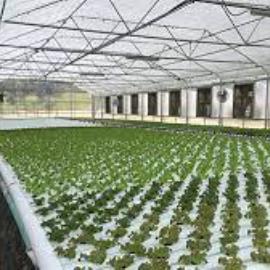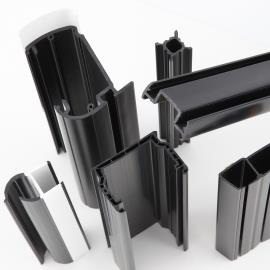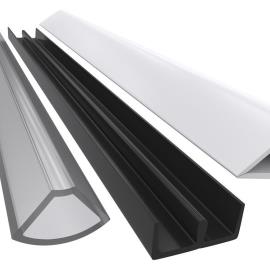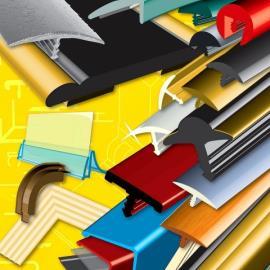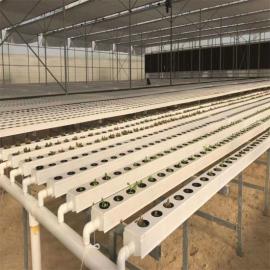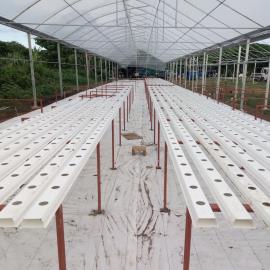Exploring the Many Applications of Plastic Profiles in Australia
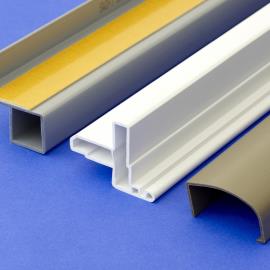
Exploring the Many Applications of Plastic Profiles in Australia
Plastic profiles are a versatile product that is used in a variety of industries in Australia. These profiles are made from various types of plastics and are available in different shapes, sizes, and colors. In this blog, we will explore the many applications of plastic profiles in Australia and the advantages and challenges of using this product.
Construction Industry Applications
Plastic profiles are used in various applications in the construction industry in Australia. One of the most popular uses of plastic profiles in construction is for window and door frames. These profiles are lightweight, durable, and resistant to weather conditions. Additionally, they offer good insulation and require less maintenance compared to traditional wood or metal frames. Plastic profiles are also used in roofing and siding applications. They are resistant to moisture and can withstand extreme weather conditions, making them ideal for use in the harsh Australian climate.Automotive Industry Applications
Another industry where plastic profiles are widely used in Australia is the automotive industry. Plastic profiles are used for a variety of applications in vehicles, including door seals, trim, and bumper components. These profiles are lightweight, easy to mold, and can be customized to fit different vehicle designs. Additionally, plastic profiles are resistant to UV rays, moisture, and corrosion, making them ideal for use in outdoor applications.Packaging Industry Applications
Plastic profiles are also used extensively in the packaging industry in Australia. One of the most common applications of plastic profiles in packaging is in the manufacturing of food and beverage containers. Plastic profiles offer several benefits for this application, such as being lightweight, durable, and resistant to moisture and chemicals. They are also easy to customize, allowing manufacturers to produce containers of different shapes and sizes.Furniture Industry Applications
The furniture industry in Australia also makes use of plastic profiles in various applications. Plastic profiles are commonly used for chair frames, edge banding, and decorative trims. Plastic profiles used in furniture applications are lightweight, durable, and easy to customize, allowing manufacturers to produce furniture that is both functional and aesthetically pleasing.Medical Industry Applications
Plastic profiles are also widely used in the medical industry in Australia. They are used for a variety of applications, including medical device housings, surgical instruments, and diagnostic equipment components. Plastic profiles used in the medical industry must be produced under strict regulations and guidelines to ensure safety and efficacy. They must be resistant to chemicals, heat, and pressure, and must be biocompatible, meaning they must not harm living tissue.Other Industry Applications
In addition to the industries mentioned above, plastic profiles are used in various other industries in Australia. For example, plastic profiles are used in marine applications, such as boat components and accessories. They are also used in the electronics industry for manufacturing electronic device components. Furthermore, plastic profiles are used in the sporting goods industry for manufacturing equipment such as skis, snowboards, and bike frames.Advantages of Plastic Profiles
Plastic profiles offer several advantages over traditional materials such as wood, metal, and glass. First and foremost, plastic profiles are lightweight, making them easier to handle and install. Additionally, plastic profiles are resistant to moisture, chemicals, and UV rays, making them ideal for outdoor applications. They are also easy to customize, allowing manufacturers to produce products of different shapes and sizes. Moreover, plastic profiles are cost-effective, as they are cheaper to produce than traditional materials.Challenges and Limitations of Plastic Profiles
While plastic profiles offer several advantages, they also come with some challenges and limitations. One of the main challenges of plastic profiles is their susceptibility to UV degradation. This can cause the plastic to become brittle and break over time, especially in outdoor applications. Additionally, plastic profiles are not easily recyclable, which can be a concern for some industries that prioritize sustainability.Conclusion
In conclusion, plastic profiles are a versatile product that is widely used in various industries in Australia. They offer several advantages over traditional materials, including being lightweight, durable, and cost-effective. Plastic profiles are used in construction, automotive, packaging, furniture, medical, marine, electronics, and sporting goods industries. While plastic profiles offer many benefits, they also have some challenges and limitations, such as UV degradation and difficulty in recycling. However, advancements in technology and materials science have allowed manufacturers to produce plastic profiles that are more resistant to UV degradation and easier to recycle.Latest News
-
20 Ridgeway Road, Edinburgh North 5113 South Australia
Contact Us
Address: 20 Ridgeway Road, Edinburgh North 5113 South Australia
Email: sales@pacerprofiles.com.au
